Up Next

Formula 1’s impending new sprint race format currently runs on faith. Those behind it have a lot of faith in the concept. Those who doubt it have very little.
If it works, then clearly the doubters had nothing to worry about. If it doesn’t, they’ll be trusting F1 not to sell out and commit to the format long-term anyway.
F1 understands why there are sceptics, especially amongst traditional fans, of the trial format. This, as a reminder, will entail moving normal qualifying to late on Friday and using that to set the grid for a 100-kilometre Saturday race, the result of which will determine the starting order for Sunday’s grand prix.
But F1 managing director of motorsport Ross Brawn, who has championed the sprint format, insists this is not something that is going to be pushed through permanently for the sake of it.
He makes a decent case for why the reasons F1 will consider it a success would mostly apply to everyone watching, including those of us who have doubts. To fans, though, the key promise is that this format will only become a regular feature on merit.

“I sympathise with that view and I understand that view,” Brawn says of the sprint race being seen as a gimmick by traditional fans.
“They enjoy the format of a grand prix weekend and they like to see qualifying leading to the grid. I would just ask to keep an open mind. We’ll never force this through if it’s clearly not a success. There’s no incentive in doing it if the audience doesn’t engage, if we don’t see a stronger engagement from the fans, and we don’t see the benefits.
“This is three events where we’re going to trial this format. And if it’s not a success, if we don’t get the response we hope for, then we’ll put our hands up and then we’ll stay where we are and we’ll look at other initiatives.”
Traditional fans will hold Brawn to that. Exactly what is meant by “success” is the key – it could give F1 wiggle room to view the sprint race as a brilliant addition to the weekend even if some fans are left feeling cold by it. But we’ll get to that.
Brawn says there are lots of wins in this idea and if he’s right then everyone should benefit.
The new sprint race is designed to attract a different type of fan on Saturday that F1 hopes will then engage over the rest of the weekend. But F1 believes it should improve the offering for all fans, with each day of the event having a ‘premier’ session – Friday gets qualifying, Saturday gets the sprint, Sunday keeps the grand prix.
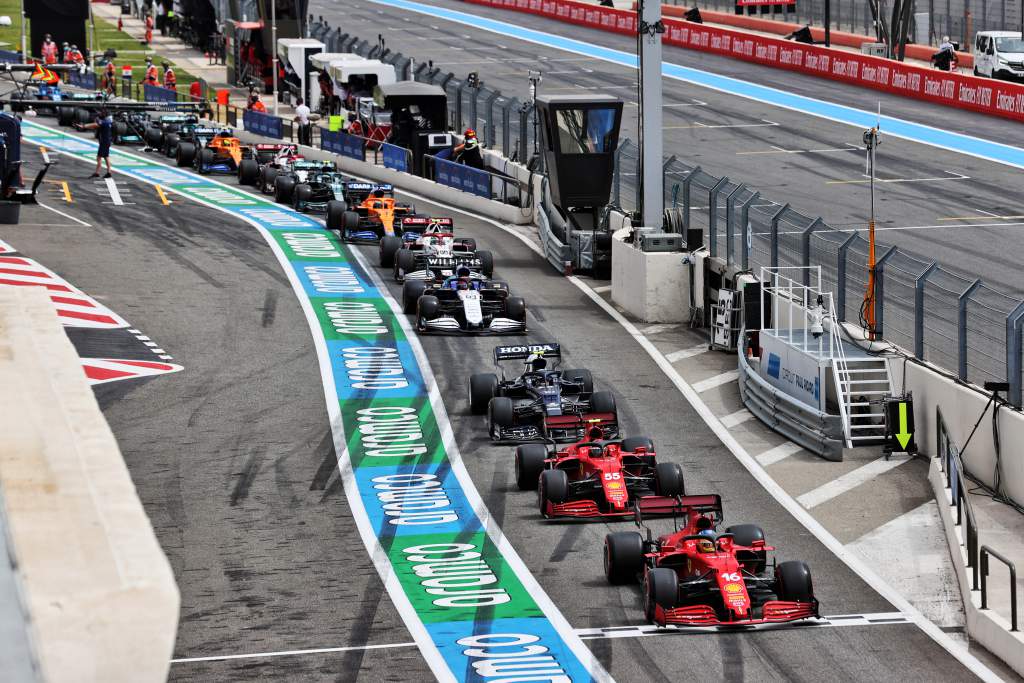
“It expands the content for the weekend,” Brawn says. “Friday is now a key event and something to get your teeth into.
“Friday’s role is very much a purist day of action, we know that dedicated fans are very keen on Friday but there’s no longer any consequence or real result on a Friday. It’s interesting for those fascinated by Formula 1 to look at the minutiae of a Friday.
“Now Friday we have qualifying, And that’s the first stage of a sprint weekend. And we’ve put both events, the Friday qualifying and the Saturday sprint, as late as possible in the schedule for that day [qualifying will be 6pm Friday, the sprint race will be 4.30pm Saturday] to try and enable our fans to engage.
“It’s all about creating more engagement for the whole weekend, and having an event on a Saturday, which is new and different. None of us know 100% how it will be accepted, how it will be received, how it will develop.”
Essentially, don’t judge the sprint race in isolation, see how it helps shape the entire weekend.
On paper that makes sense. Promoters love it because it gives them something bigger to sell for each day, new fans should love it because there’s an easier access point to F1 racing than investing in a full grand prix, and existing fans should love it because it amplifies the competitive offering. That’s the premise anyway.
But while it’s entirely fair to stress the value of the overall impact of the weekend, ultimately the external perception will be based on the quality of the sprint race itself.
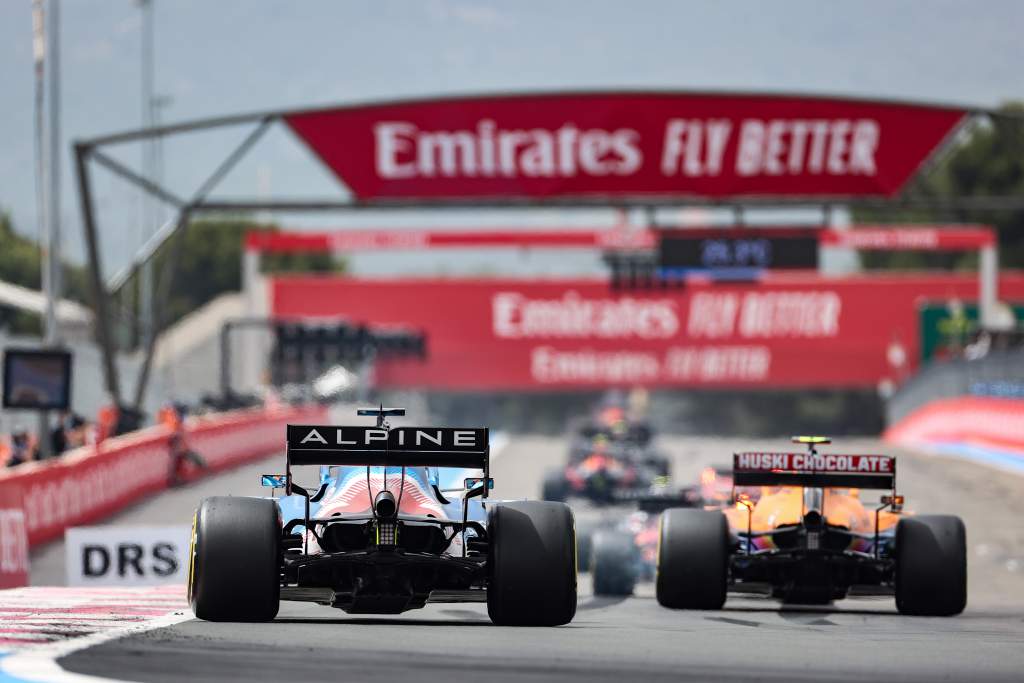
That is the key to whether the potential translates into reality. A like-for-like comparison on the day-to-day schedule is favourable. Qualifying is more interesting to watch than FP2. A 40-minute race is a nice Saturday addition. The grand prix is still there as the Sunday showpiece.
But will the sprint race be any good? Brawn concedes that is unknown but he is “very optimistic”.
His logic is that drivers’ racing instincts will dictate the quality of the show.
“Racing drivers will race each other in a supermarket car park with shopping trolleys,” he says.
“It’s their nature that they want to beat each other and there’s nothing worse for them to be beaten by somebody, even if you could argue the sprint is only the precursor to the main event , the race.
“I think they will be desperate to beat each other and show who is the fastest, who is the strongest, etc.”
F1 has taken some steps available within the confines of a sprint race with a normal grid to try to encourage hard racing. There will not be any pitstops, there will be no impact on tyre allocations across qualifying, the sprint and the grand prix, there are some points on offer to the top three (on a 3-2-1 scale), and there will be demand for fuel-saving unless teams under-fuel to save weight.

“We really tried to encourage flat-out racing the whole time,” says Brawn. “So we wanted to have no holding back.
“I think the drivers will go for it. Do we think Max and Lewis are gonna have a different mindset going into that first corner because this is the sprint? I don’t think so somehow.”
But others do and this writer can be counted among that group – happy to be proven wrong, but fearful we won’t be. The concern is that the significance of the Saturday race to Sunday means that drivers will be cautious, not aggressive. Teams will be worried about damage. Car and engine components have extra mileage under stress. There’s a lot to lose and little to gain.
Brawn does admit that “we have to find out if in the sprint the people hold back and they’re conservative because they don’t want to risk the weekend”. He also expresses a willingness for F1 to admit if it’s judged it wrong “if we end up with everyone sort of tootling around”.
“There will be someone who will be aggressive in the field,” he suggests. “And when one driver starts to attack, I’m not sure the others can’t help themselves but defend. It will only need one to be the catalyst to start the sequence.
“That’s why three events is ideal because if it does prove to be drivers and teams are more conservative than I expect they will be, then it’s only three events.”
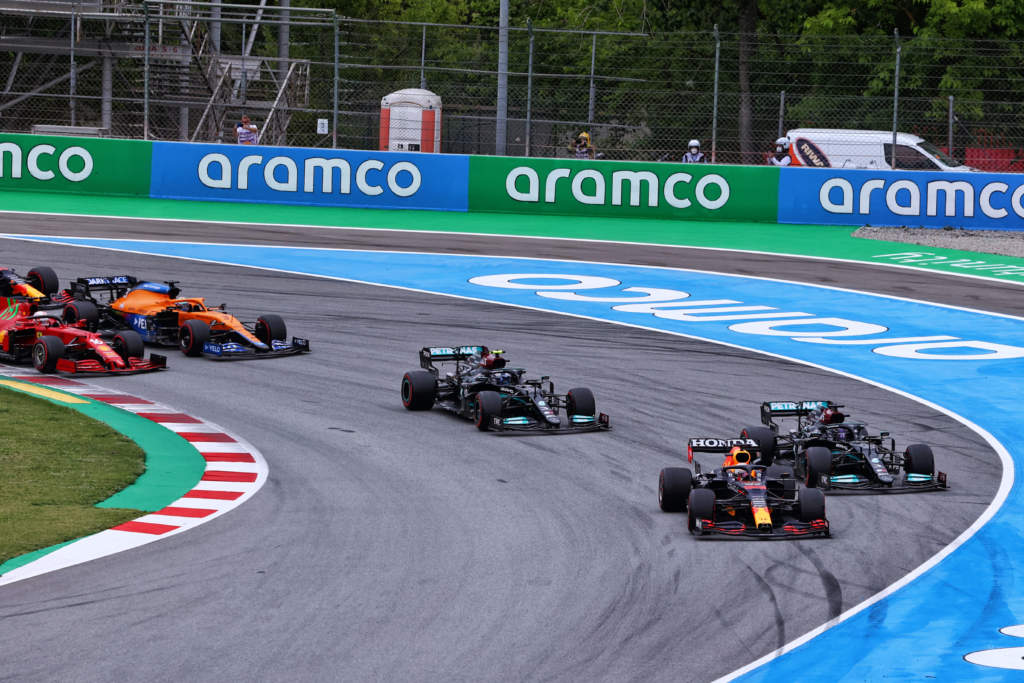
What happens next will come down to what the spectacle actually means for the final verdict. And the spectacle isn’t just limited to the sprint race itself, there is also a need to factor in how it influences Sunday’s race. Will a top driver suffer a setback that takes the sting out of the lead battle in the grand prix? Will qualifying heroes be shuffled back on Saturday and therefore remove a sub-plot from Sunday’s race, as the final starting grid reflects race pace more than one-lap performance?
The latter feels a particularly big risk of this format. Taking last weekend’s French GP as an example, Ferrari would have already lost some of its ground before even turning a wheel on Sunday, while McLaren’s charge through the midfield to fifth and sixth would have potentially been less fun if they’d made up a couple of places the day before.
Brawn says a positive on-track outcome is crucial to the success of the experiment. F1 is seeking a commercial benefit from this: more eyeballs on tv, more bums in seats trackside, more engagement from existing fans and new fans adding to the total tally.
Here’s where F1’s criteria and that of traditional fans should, in theory, align. F1’s perceived benefits will surely not materialise if the sprint races are a total letdown – assuming of course F1 looks past the initial burst of interest that is bound to accompany the first sprint race, at the very least, due to sheer curiosity.
Judging the impact of the “novelty value”, which Brawn acknowledges there will be, is going to be crucial to not reaching a misleading conclusion. The judgement itself will be something F1 takes very seriously – although an extreme either way (ultra-successful or mega-flop) would make it easier.
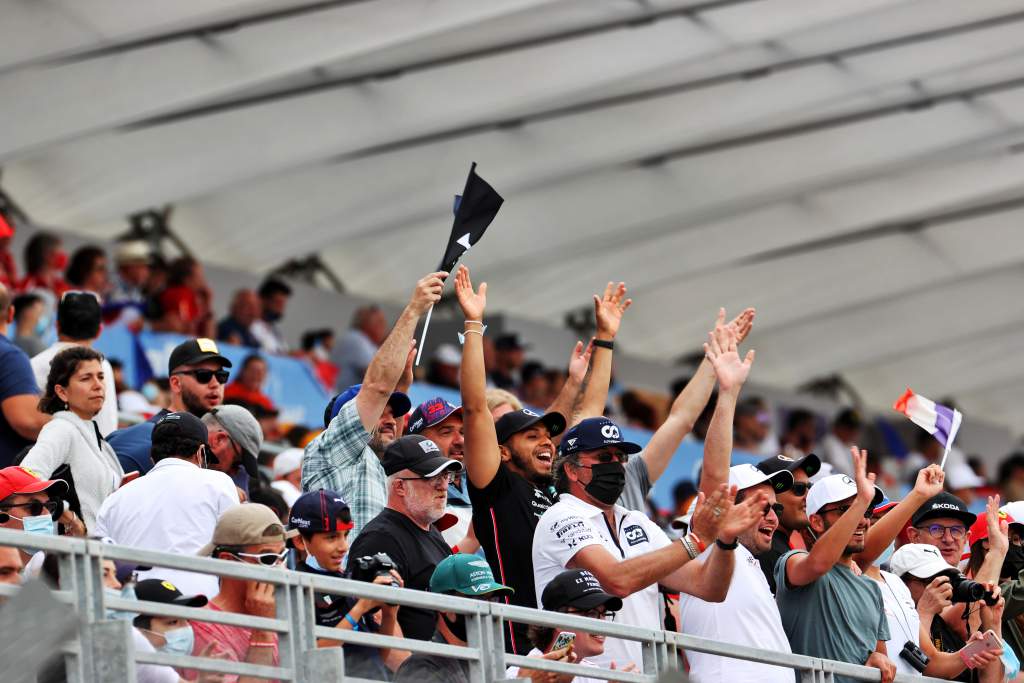
“If we’ve got everyone clamouring to have a sprint then that’s definitely a measure of its success,” Brawn jokes.
“Certainly, we’ve had a lot of promoters say they would like to have this sprint as part of their package. And of course in this commercial world that’s something that can be negotiated with promoters so that the teams share the benefits of a more complete weekend.
“In terms of measuring it, we have our own internal group now who measure all the various parameters and do surveys of fans – avid fans, casual fans, all the different categories of fans.
We’ve studied social media response. There’s a whole fleet of studies that are done in our normal racing season and we get lots of feedback on what are popular events, what are popular races, how fans reacted to different incidents in the races and so on.
“They’ll be looking at this quite intensely to study what response we get and how we can make a judgement. There will be a novelty value but what we’ve got to do is make sure that the engagement we get from the first event, we carry on and we build on for subsequent events.
“There will be a lot of work behind the scenes to analyse how this works and also how we build a commercial model that helps.
“So because we have to amortise this, there’s going to be costs with teams, there’s going to be costs for Formula 1 to do this and we need to make sure that everything ends up net positive.”
If F1 reflects on the experiment honestly, it should work in fans’ favour.
If it’s a success, surely we will all benefit. And if it isn’t, there will be no legitimate ground to continue.
That part, at least, sounds simple. Brawn promises it is.
“I don’t think we will sell out on this because it has to be a success,” he says.
“If we go to the circuits where it doesn’t work and it doesn’t offer any net overall benefit then we know it’ll have a short life.
“So we need to make sure we go to circuits where we can demonstrate the value of this and the excitement and success of it, and then we’ll go from there.”
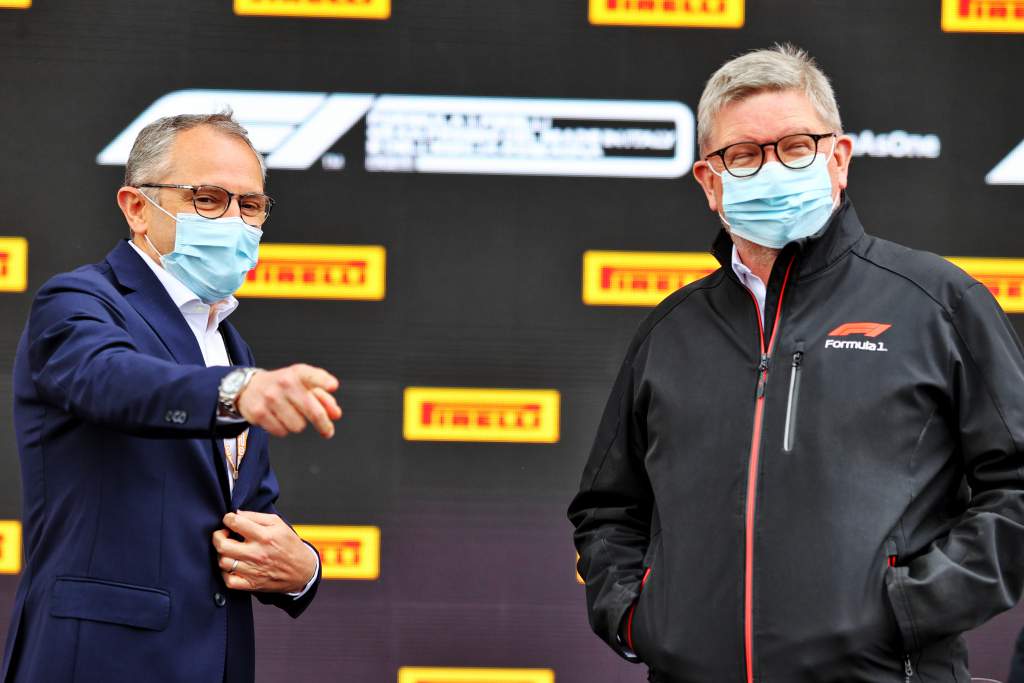
The most convincing element of Brawn’s pitch is the benefits the sprint race format, as a whole, can bring to F1. Less convincing is the faith in the sprint race in isolation – that can only be judged in hindsight.
That’s probably the best thing about this experiment, that it’s happening in reality rather than in simulations. Three races might not be the greatest sample set in the world but it’s likely to be far more revealing than any kind of hypothetical argument would be.
It’s a big step for F1 to get to that stage. Now comes the important bit: the trial and, more importantly, an honest assessment of the results.
Fans don’t need to trust F1 that the sprint race will be a mega addition. If they are proven wrong, and it works, that’s actually a happy outcome.
What matters more is that fans will be trusting that F1 will be truly open to it not working, and dropping the format if it doesn’t.







